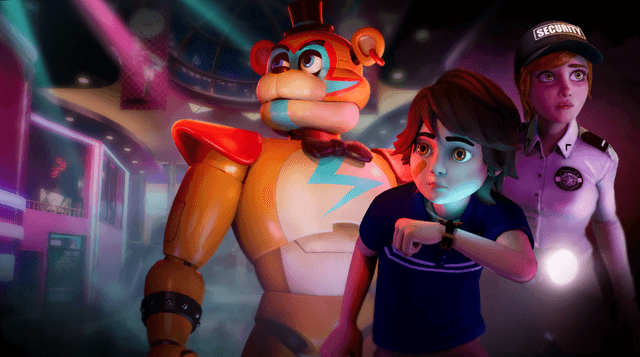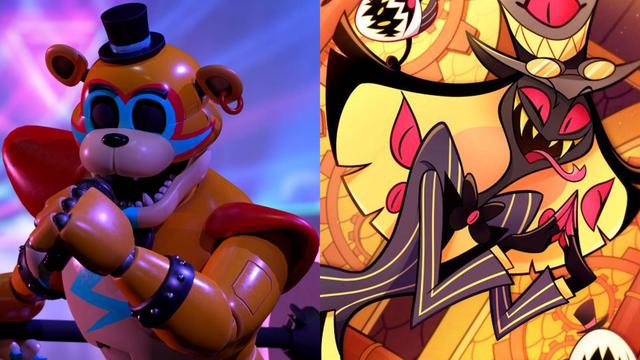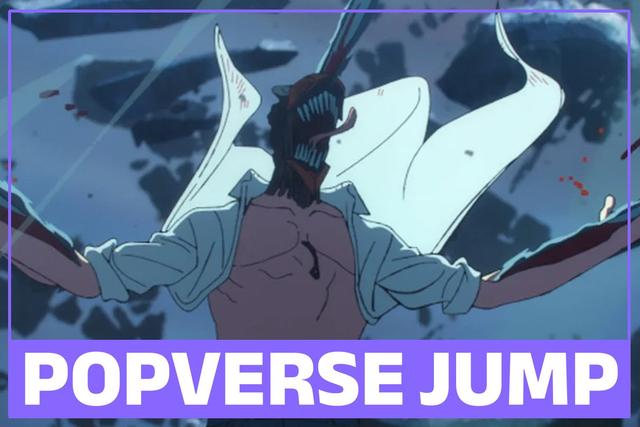If you click on a link and make a purchase we may receive a small commission. Read our editorial policy.
Dog Man is the perfect introduction to comics, especially Grant Morrison's
Could Dav Pilkey's wildly successful book series be even more meta than Morrison?

Dav Pilkey’s Dog Man series is, as we all know by now, a publishing phenomenon: a wildly successful series of graphic novels that don’t just top best-selling graphic novel charts, but charts featuring best-selling books of any kind.
The series has sold more than 60 million copies and has been translated into more than 40 languages internationally. It’s also, as unlikely as it might seem, the perfect rebuttal to the argument that Grant Morrison’s comics are too weird for their own good.
There’s a common complaint about Morrison’s works that’s followed the writer across their career for at least the last three decades, if not longer — that their work is esoteric for its own sake, self-indulgently so, and that because of that, the comics are too hard to follow for the average reader. Haters, of which there are somehow still some out there, believe that Morrison’s metatextual work like Flex Mentallo: Man of Muscle Mystery or Animal Man use their more outer elements to cover up for a lack of basic storytelling chops, and find them a distraction from more traditional, basic narratives that they’d rather read.

I mentioned Flex Mentallo above. It’s arguably the most meta of all Morrison’s work — and, to me at least, one of Morrison’s strongest, and most enjoyable stories. It works on three distinct levels:
- Flex Mentallo, superhero, is trying to solve a mystery that may or may not be connected to his former crimefighting colleague The Fact
- In investigating the mystery, Flex travels through different eras of superhero comics, as recreated by Morrison and artist Frank Quitely, although it’s never explicitly stated as such; some of the recreations are less direct than others
- In a seemingly entirely separate narrative, a musician is talking on the phone as he believes he’s dying after a drug overdose, remembering his own history with comic books and superheroes
The three levels interrelate and play with each other throughout the series, building to something that’s greater than the sum of their parts. I’m purposefully not spoiling it, because anyone who hasn’t read it really should-- it’s a foundational work for the superhero genre over the past couple of decades. My point is: there are people who complain that the set-up, with the three different levels of storytelling, is too much for the average reader, and should be avoided for fear of scaring off newcomers to comic books — especially given that Flex originally appeared in Morrison’s Doom Patrol series, adding another level of complication in their eyes.

Here is the set-up of the Dog Man series of books, for those who are unfamiliar with it:
- Dog Man is a cop (and occasional superhero) with the head of a dog and the body of a human, thanks to some quick surgery after a horrific accident involving a policeman and his dog. He protects the city from outrageous threats in every volume with the help of his friends, who include Petey and Li’l Petey
- Dog Man is also a fictional character in the Dog Man books themselves, created by Harold and George, two fourth-grade wannabe comic creators. Harold and George make appearances to introduce the stories, and remind readers that Dog Man is fictional. Or, rather, that he’s fictional even within the fictional reality of Harold and George, who are main characters in Dav Pilkey’s Captain Underpants series
- Petey — who starts as Dog Man’s enemy and later becomes something closer to a… friend, almost…? — actually comes from an entirely separate Captain Underpants spin-off, The Adventures of Super Diaper Baby, which… maybe means that book is canonically connected to Dog Man. Potentially.
- Li’l Petey has a spin-off series of his own, Cat Kid Comics Club, where he teaches a bunch of kids (and, of course, the readers themselves) how to make comics… and those comics, of course, get shown in the books
For those paying attention, that means that the Cat Kid Comics Club books feature comics made by comic characters who are themselves made by comic characters from an entirely different line of books altogether. (Never mind that whole “Dog Man is made from sewing the remains of a dog and the remains of a man together” thing, which is just genuinely amazing.) Suddenly, Flex Mentallo looks like basic in comparison.
The thing is, the success of Dog Man demonstrates how weak the argument against Morrison — or, for that matter, any creator who engages in metatext or anything other than a straightforward, simple narrative — actually is. Dog Man is a comic intended for newcomers, and those new readers have no problem with how complicated the contexts of the central Dog Man concept actually are. They just accept it, and move on. (Likely because, let’s be honest: kids are far less likely to tie themselves up in knots overthinking things, and instead can grasp, 'Oh, so they made up this guy and now we’re reading this story? Okay, cool,' easier than many, increasingly inflexible, adults.)
I’ve made the joke before that Dav Pilkey is the Grant Morrison for the pre-teen set, but the more I think about it, the less I think it’s actually a joke; instead, it’s recognition that both creators know that comics can do more than take readers from point A to point B. The kids who read Dog Man are going to have no trouble with whatever stories they graduate into reading or watching. So we can, perhaps, add one more plaudit to the success of the Dog Man series: it’s a franchise that will make its readers more open to complicated storytelling both in the Dog Man comics and beyond.
Not bad for the most successful property in publishing, really.
Want to know more about Dog Man? We’re here to help.
Follow Popverse for upcoming event coverage and news
Find out how we conduct our review by reading our review policy
Let Popverse be your tour guide through the wilderness of pop culture
Sign in and let us help you find your new favorite thing.
















Comments
Want to join the discussion? Please activate your account first.
Visit Reedpop ID if you need to resend the confirmation email.